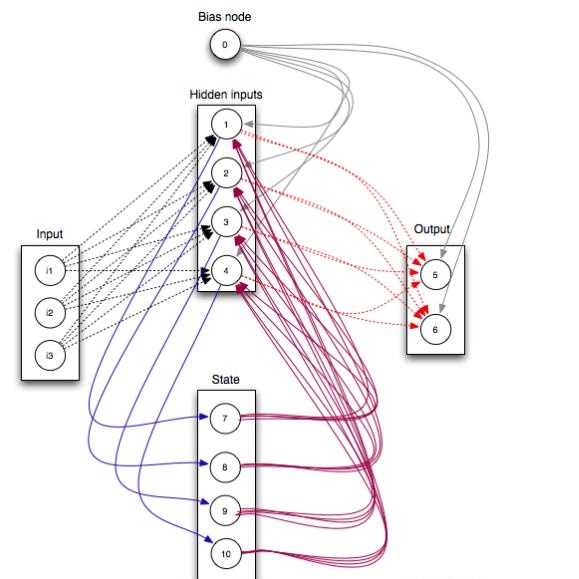We study experimental convergence rates of three shock-capturing schemes for hyperbolic systems of conservation laws: the second-order central-upwind (CU) scheme, the third-order Rusanov-Burstein-Mirin (RBM), and the fifth-order alternative weighted essentially non-oscillatory (A-WENO) scheme. We use three imbedded grids to define the experimental pointwise, integral, and $W^{-1,1}$ convergence rates. We apply the studied schemes to the shallow water equations and conduct their comprehensive numerical convergence study. We verify that while the studied schemes achieve their formal orders of accuracy on smooth solutions, after the shock formation, a part of the computed solutions is affected by shock propagation and both the pointwise and integral convergence rates reduce there. Moreover, while the $W^{-1,1}$ convergence rates for the CU and A-WENO schemes, which rely on nonlinear stabilization mechanisms, reduce to the first order, the RBM scheme, which utilizes a linear stabilization, is clearly second-order accurate. Finally, relying on the conducted experimental convergence rate study, we develop two new combined schemes based on the RBM and either the CU or A-WENO scheme. The obtained combined schemes can achieve the same high-order of accuracy as the RBM scheme in the smooth areas while being non-oscillatory near the shocks.
翻译:我们研究了三种用于守恒律双曲系统的激波捕捉方案:二阶中心迎风(CU)方案、三阶Rusanov-Burstein-Mirin(RBM)方案和五阶交替加权本质非振荡(A-WENO)方案的实验收敛率。我们使用三个嵌套网格来定义实验点值、积分和$W^{-1,1}$收敛率。我们将这些方案应用到浅水方程中,并进行了全面的数值收敛性研究。我们验证了虽然这些方案在平滑解上能够达到它们的形式精度,但在激波形成后,计算解的一部分会受到激波传播的影响,点值和积分收敛率会在此处降低。此外,考虑到CU和A-WENO方案依赖于非线性稳定机制,因此$W^{-1,1}$收敛率降为一阶,而RBM方案使用线性稳定,明显是二阶的。最后,基于所进行的迭代收敛率研究,我们开发了两种新的混合方案,基于RBM和CU或A-WENO方案。所得的混合方案可以在平滑区域达到与RBM方案相同的高阶精度,同时在激波附近不会出现振荡。



